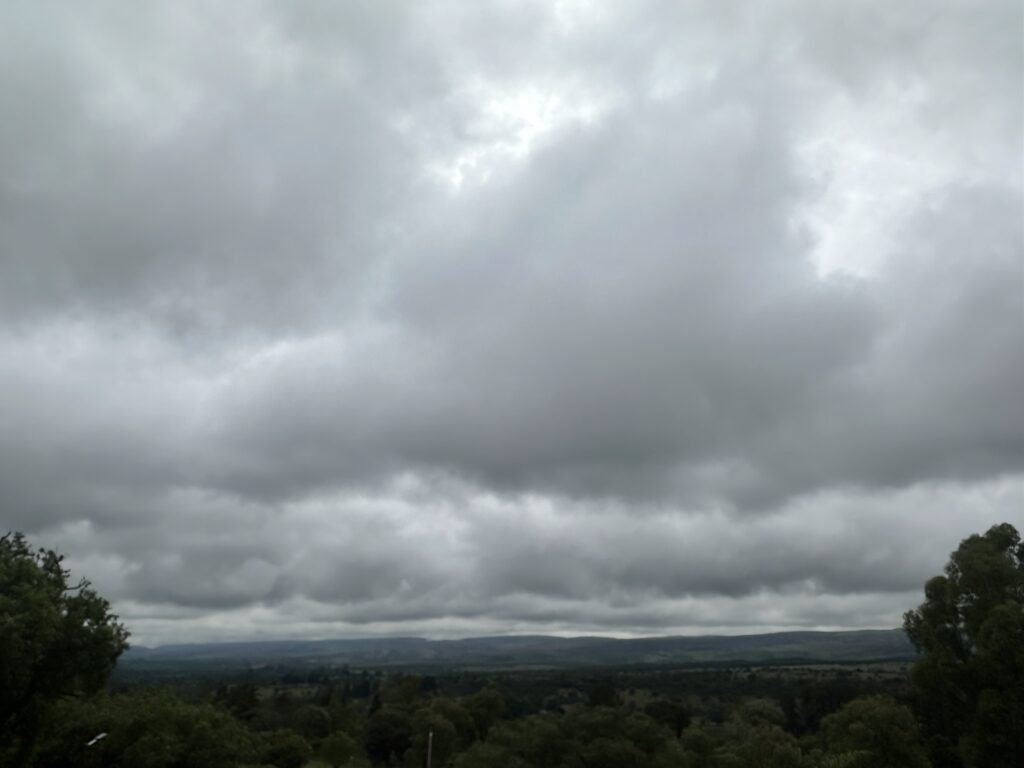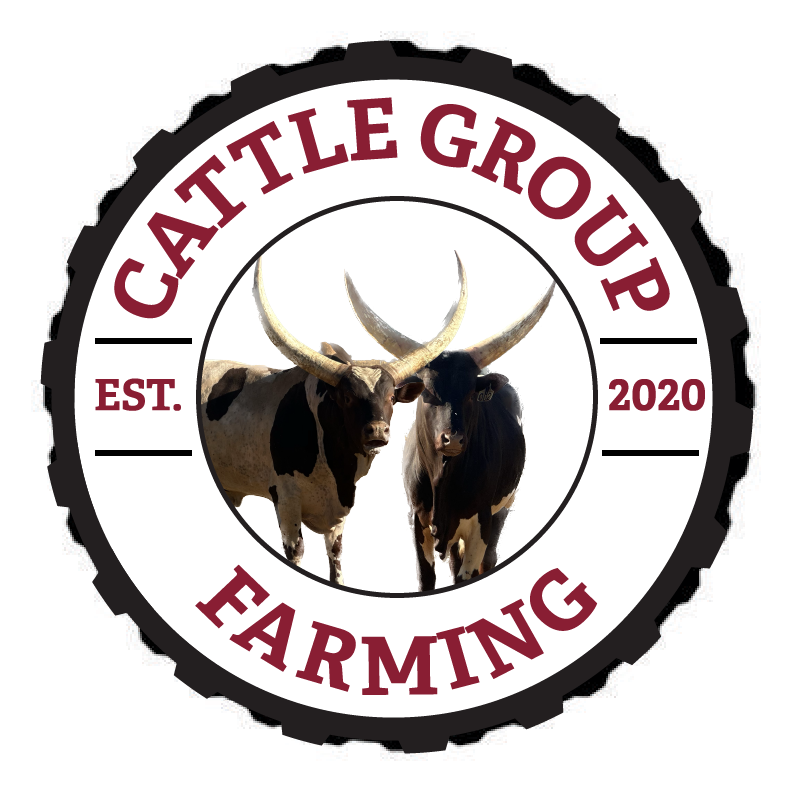Navigating Uncertain Weather: A Critical Time for South African Livestock Farmers

Farmers operating in the high-rainfall regions of South Africa, particularly on the Highveld and in the elevated areas of the Eastern Cape and KwaZulu-Natal, are anxiously awaiting rainfall. With winter looming, sufficient rain is crucial for ensuring an adequate supply of grass to sustain livestock through the colder months.
From the experts
Dr. Louis du Pisani, an experienced agricultural consultant, highlighted the precarious situation these farmers face. He explained that the next few weeks are pivotal. If the rain arrives in time, farmers could expect a manageable season; however, a delayed start could lead to significant challenges. By February, any rain may arrive too late, as cooler temperatures would hinder grass growth, making it difficult for farmers to prepare adequately for winter.
“Ideally, we need around 200mm to 300mm of rain soon. Unlike farmers in drier regions, many farmers in these high-rainfall areas lack drought contingency plans because they generally receive ample rainfall,” Dr. du Pisani explained.
Farmers in the arid and semi-arid parts of the country, on the other hand, may have a slightly longer window for rain to arrive. These regions often maintain feed reserves from previous seasons, offering some buffer against unpredictable weather patterns.
Adapting to a Wait-and-See Approach
Given the uncertainty surrounding weather patterns, Dr. du Pisani advises farmers to exercise patience and avoid hasty decisions. “Now is not the time to act impulsively. The current situation can go either way, and making major decisions without clearer information could lead to significant regret. Waiting until the first of January in high-rainfall regions, or even a month longer in semi-arid areas, is a more prudent approach.”
Johan van den Berg, an independent agricultural meteorologist, provided a glimmer of hope, noting a recent shift in weather patterns. Light rain has begun to fall in Mpumalanga and the Eastern Free State, signaling potential relief for some farmers. Additionally, the South African Weather Service (SAWS) forecasts improved rainfall over the coming week in eastern provinces, with predictions of 70mm to 150mm of rain across parts of Gauteng, Mpumalanga, KwaZulu-Natal, eastern North West, and sections of Limpopo.
Heatwaves and Drought-Like Conditions Persist
Despite these promising forecasts, large swathes of South Africa’s interior have endured severe heatwaves in recent months. An intense, prolonged heatwave in early December set new temperature records across several provinces. Coupled with below-average rainfall, these conditions have contributed to drought-like scenarios and depleted catchment water levels.
Unfortunately, SAWS anticipates that the central interior will continue to experience dry conditions for the next week, with only isolated thunderstorms providing limited relief. Van den Berg expressed particular concern for areas in the Northern Cape, which have suffered from insufficient rainfall over the past two seasons. While some precipitation is expected in the short term, it will likely be insufficient to significantly improve the dry conditions.
However, not all is bleak. Lucerne and table-grape farmers with access to irrigation water in the Northern Cape may still enjoy a productive season.
The La Niña Factor: Hope for Late Summer Rain
Interestingly, recent climate data indicates a shift toward a weak La Niña state. The El Niño-Southern Oscillation (ENSO) has entered values characteristic of La Niña, which could bring favorable weather during the second half of the summer rainfall season, from mid-January to March. Though the strength and duration of this La Niña event remain uncertain, early signs point to improved rainfall prospects.
According to SAWS, the seasonal outlook predicts above-normal rainfall for the northeastern central and coastal areas, while other parts of the summer rainfall region may experience below-normal precipitation. Meanwhile, minimum and maximum temperatures are expected to be higher than normal nationwide, except for the southern coastal areas, where below-normal temperatures could prevail.
Global Climate Trends and the Bigger Picture
The World Meteorological Organization (WMO) recently reported a 55% probability of transitioning from neutral conditions to La Niña between December and February, with a likely return to ENSO-neutral conditions by April. Despite this, WMO Secretary-General Celeste Saulo warned that even if La Niña emerges, its cooling effect will be insufficient to counterbalance the record-breaking heat driven by greenhouse gases.
Saulo added that 2024 began with El Niño and is on track to be the hottest year on record. Even in the absence of strong El Niño or La Niña events earlier in the year, extreme weather events have become more frequent and severe, underscoring the growing impact of climate change on global agriculture.
Looking Ahead: Preparing for the Unknown
For South African livestock farmers, the coming weeks will be critical. With weather patterns showing signs of improvement but remaining unpredictable, a cautious approach is advisable. Staying informed, maintaining flexibility, and leveraging available resources will be key to navigating this challenging period.
As we move further into the summer, continued monitoring of rainfall patterns and climate forecasts will help farmers make more informed decisions. The hope is that timely rainfall will arrive, allowing farmers to secure the fodder needed for their livestock and ensure a more stable season ahead.
Original article posted in Farmer’s Weekly by Glenneis Kriel; : https://www.farmersweekly.co.za/agri-news/south-africa/sas-hopes-are-on-la-nina-for-relief/
At Cattle Group Farming
At Cattle Group Farming, we’re all about meticulous care and attention to detail in breeding Ankole cattle. We prioritise the correct angle and length of sheaths for their reproductive health, breeding efficiency, and overall well-being. In this post, let’s delve into why this seemingly small detail is a big deal for maintaining the genetic integrity of our Ankole herd.
The angle and length of an Ankole cattle’s sheath might seem like a minor detail, but it’s a key player in their overall well-being. We’ve made it a priority in our breeding practices, recognizing its impact on their reproductive health and breeding efficiency.
A sheath with the correct angle and length is vital for optimal reproductive health in Ankole cattle. This ensures smooth natural mating processes, reducing the risk of injuries or discomfort during copulation. It’s like a precision tool for promoting healthier calves and maintaining the reproductive success of our herd.
Reproductive Health
A sheath with the right angle and length is crucial for optimal reproductive health in Ankole cattle. This ensures smooth natural mating processes, reducing the risk of injuries or discomfort.
It contributes to the overall reproductive success of the herd, promoting healthier calves and a thriving cattle population.
Breeding Efficiency
Efficient breeding is crucial for cattle farming success. The right sheath angle and length make mating easier and more effective, streamlining the process. This efficiency benefits both cattle and farmers, increasing the success rate in achieving desired genetic traits in the offspring.
This efficiency is not only beneficial for the cattle but also for the farmers, as it leads to a higher success rate in achieving desired genetic traits and characteristics in the offspring.
Prevention of Injuries
Ankole cattle, similar to other breeds, may face injuries or issues during mating. The right sheath angle and length reduce the risk of injuries during copulation, ensuring the safety and well-being of both bulls and cows.
This preventive approach is essential for sustaining a healthy and resilient herd.
Genetic Integrity
The careful consideration of sheath characteristics in breeding Ankole cattle is a testament to our commitment to maintaining the genetic integrity of the herd.
Carefully considering sheath characteristics in Ankole cattle breeding shows our commitment to preserving the herd’s genetic integrity.
By selecting for the correct sheath angle and length, we contribute to the preservation of desirable traits and the overall health of future generations of Ankole cattle.
Categories
CATTLE GROUP FARMING
For numerous years, Ben Botha and Walter Kinnear have dedicated themselves to the pursuit of cattle farming and stud breeding.
In 2019, they were introduced to the Ankole cattle breed, a moment that sparked their deep passion and commitment. Subsequently, they made a deliberate decision to invest significantly in the establishment of an exclusive, specialiSed, and meticulous Ankole breeding program. This endeavor, marked by precision and dedication, has evolved into a remarkable success.
The program, in conjunction with their active involvement with the esteemed “Cattle of the Kings,” is a source of great enthusiasm for Ben, Walter, and the entire team at Cattle Group Farming, founded in 2020. The vision at Cattle Group Farming is to cultivate the highest quality Ankole cattle in Southern Africa.
The aspiration extends beyond the present, aiming to firmly establish the Ankole cattle breed’s legacy in the region for generations to come.

Cattle Group farming
Where Standards, Not Numbers, are elevated & Quality Reigns Supreme
- Walter@sitona.co.za
- +27 83 630 3439
- Privacy Policy
- Terms & Conditions
This website is designed & maintained by:
![]()
